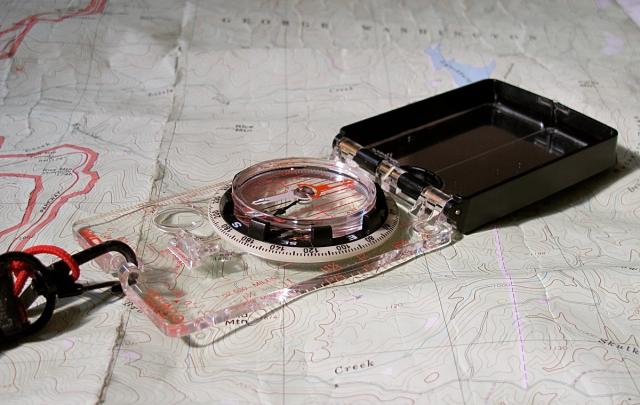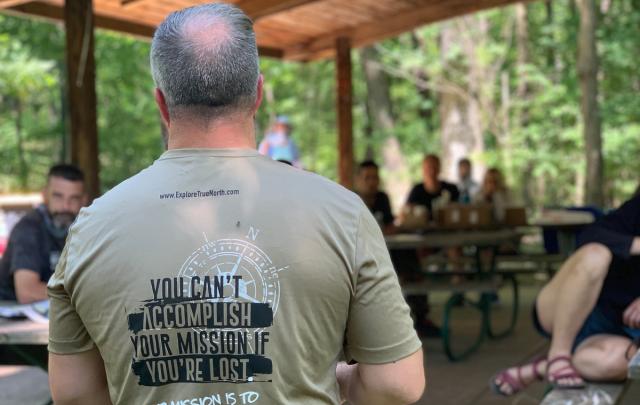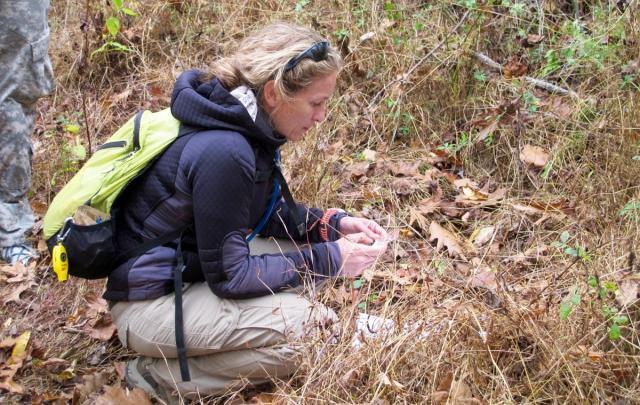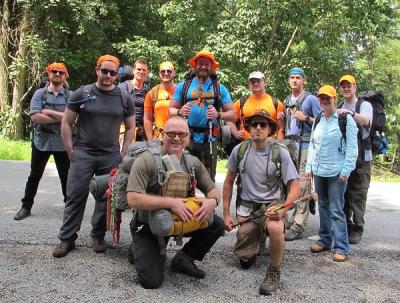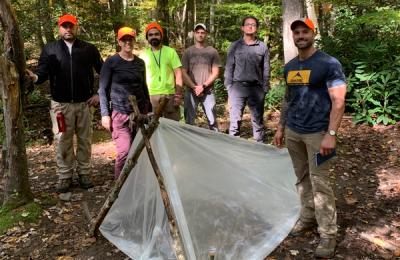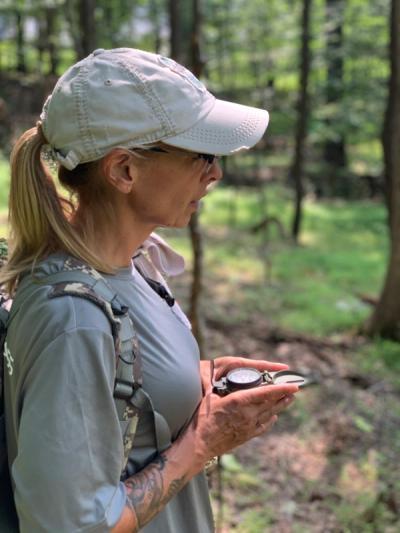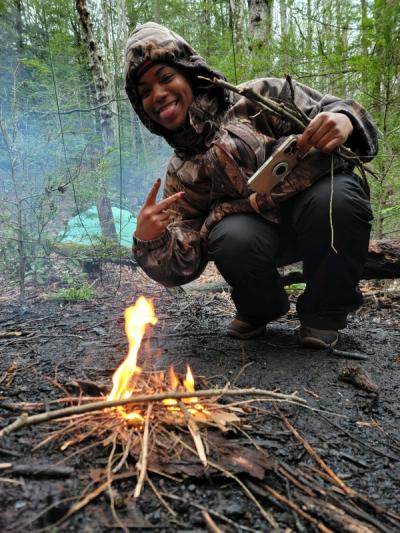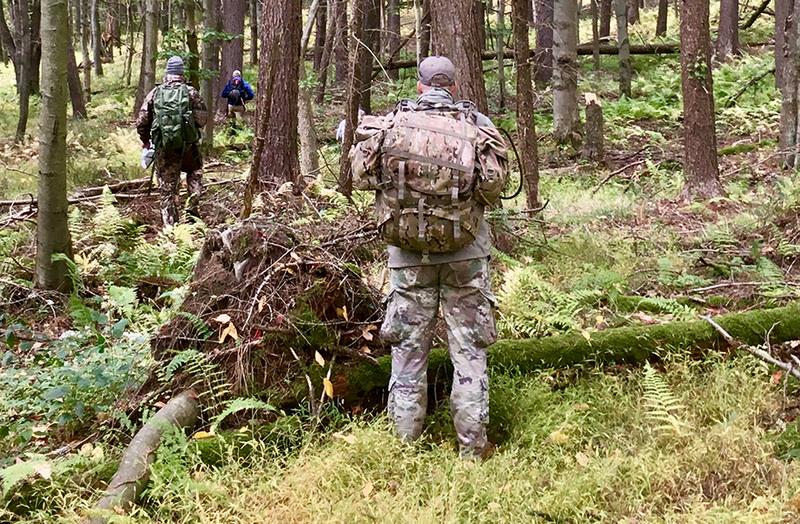
Passing SFAS Land Navigation with Confidence

Erik Kulick · Nov 25, 2019
Over the years, the most common concern that our military clients have expressed to us at True North is their ability to pass the land navigation component. It may arguably be one of the top reasons for failing SFAS or SFQC.
You’ve committed yourself to challenge Special Forces Assessment and Selection (SFAS). Without a doubt, the road to becoming a Green Beret is one of the most grueling selection processes that the U.S. Army has to offer. After all, it is intended to be a reliable predictor, not just of your ability to pass the Special Forces Qualification Course (SFQC), but your ability to function in those operational environments in which you will ultimately serve. Now comes the hard part, preparing yourself physically and mentally to not just survive, but thrive, amid the many challenges ahead that your instructors will throw at you. One will be the need to pass the land navigation course. So we would like to offer you three tips to help you train.
Over the years, the most common concern that our military clients have expressed to us at True North is their ability to pass the land navigation component. It may arguably be one of the top reasons for failing SFAS or SFQC. And it’s not just Special Forces candidates who worry, but other prospects for Warrant Officer Candidate School (WOCS) and Officer Candidate School (OCS) amongst others. That’s because, although they were taught land navigation back in basic training, they often describe it as mainly introductory in scope. Worse, it’s usually been more than a couple of years since they last looked at a map or picked up a compass. Land navigation is one of the best examples of what psychologists deem a “perishable skill” — That is, either you use it or lose it.
Adding to the stress, is the fact that land navigation is a bit of a contradiction. In a sense, it is easy to learn. For example, one national outdoor chain teaches the applicable skills in a two hour program. But at the same time, these skills are difficult to master since they require a lot of practice, while making a lot of mistakes, such that, along the way, you’ll finally realize that land navigation is as much an art and as it is a science.
Further, the skilled navigator appreciates that, despite the common belief, it is in fact important to “sweat the small stuff.” Stressing over seemingly insignificant details reflects the necessary mindset that you’ll need to hit your checkpoints, rather than being forced to recycle.
So, since I am someone who can freely admit that I make lots of mistakes, who regularly sweats details, and who shoots for the moon just to get over the fence, let me offer a few tips that I hope that you’ll find helpful in honing your land navigation skills.
Tip #1: Take a Course
One of the best places to start is at the beginning by taking a land navigation course, even if it is an introductory one. I recommend one that is in the 6-8 hour range that focuses on the fundamentals, generally split between two sections. First, the initial “classroom” section should teach you the following four basics: the elements of a topographic map; the parts of the compass (perhaps starting with an orienteering compass before later transitioning to a mil-spec lensatic); understanding and adjusting for declination; and the process of determining an azimuth (bearing). Second, the “field class” should help you to put your classroom knowledge into practice by showing you how to move through the woods to your checkpoints by dead-reckoning as well as terrain association. It should also introduce you to several important tools to add to your mental “tool box,” like handrails, boxing-out, counter-bearing, etc.
By the end of the day, you should be fairly confident in navigating from Point A to Point B to Point C and then back again to Point A.
Tip #2: Get Lots of Dirt Time
Keep in mind that although you may have completed the land navigation class, your land navigation training has only just started. Just as we stress to our clients, no matter how confident you may feel at the end of the class, you must be committed to practice. Then practice some more. And lots more later. It’s only when you’re on your own in the woods making mistakes and getting frustrated, then taking the time later to reflect on what you did both correctly and incorrectly, that you really begin to learn how to navigate.
One option is to acquire a topographic map of a nearby state park and practice navigating from various points, both man-made and natural, over various types of terrain and in various types of conditions. A terrific source of maps is MyTopo, which will allow you to easily find and customize your map at a very affordable price.
Yet one of the best ways to really put your skills and knowledge to the test is to participate in orienteering-involved events that will stress you both physically and mentally. One type is rogaining, which usually only requires land navigation skills, and can be as short as 2-hours on a small course or as long as 24-hours over significant distances (a good starter event in the Pittsburgh-region is Raccoongaine). Another type is adventure racing, like those events listed in the USARA. Such an event typically requires a wide athletic skill base besides navigation, like mountain-biking, kayaking, running, rappelling, etc., but there is nothing to better hone your map and compass skills than doing so under stress, and heightened by dehydration, pain, fear, and exhaustion. Which, come to think of it, sounds much like what you’ll encounter at SFAS.
Tip #3: A Recommended Book
While I am not a fan of learning solely through books and online videos, a great way to supplement and refine your land navigation knowledge is to buy and read Be Expert with Map and Compass. Don’t be fooled by the fact that it looks and reads like a children’s book. It is an underrated resource that has been the foundation of many land navigation manuals, like those of the U.S. military, over many decades.
Conclusion
Keep in mind that this is article is only a primer. There is much else of importance to consider to becoming a confident navigator, like coordinate grid systems, night navigation, natural and celestial elements, amongst many others — All of which we cover, and more, in our Mil-Nav Program. But this should help offer you a good foundation on which to build these additional skills.
If you have any questions or concerns, don’t hesitate to telephone me, even if it’s only for a referral. After all, our primary mission is to help you confidently succeed in your goals — and we feel that we owe a debt to those who serve others by serving.
Best of luck and stay safe!
Meet the Author

Erik Kulick, Founder & Chief Instructor
Erik is the founder of True North Wilderness Survival School. He is a police officer, EMS provider, a Wilderness EMT, and a Fellow of the Academy of Wilderness Medicine. He has been featured in national and international media, including CNN, the Associated Press, and Backpacker.
To learn more about Erik, visit him on LinkedIn and be sure to follow him on Facebook and YouTube.
